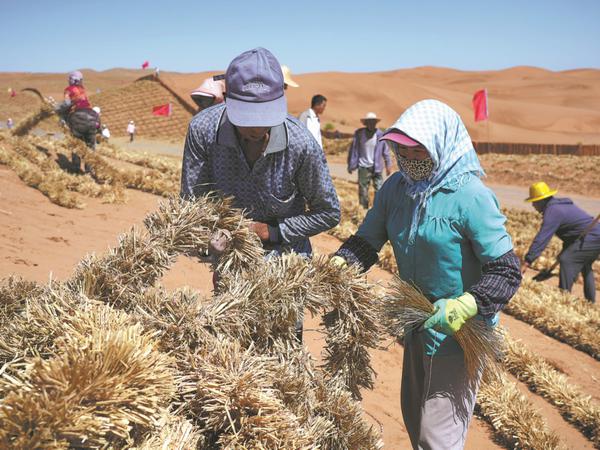
Workers from a State-owned forestry farm in Zhongwei secure the last row of brush-like straw ropes into the desert floor of the Tengger Desert on Monday. (Photo by Ren Hao/For China Daily)
The completion of a sand stabilization and desert-edge containment project in Zhongwei, Ningxia Hui autonomous region, on Monday marks a significant step in China's efforts to curb the expansion of the Tengger Desert.
The project resulted in the creation of a barrier that is 153 kilometers long and 10 to 38 km wide along the southeastern edge of the Tengger Desert, China's fourth-largest desert, which spans 42,700 square km across parts of the Inner Mongolia autonomous region, Gansu province and Ningxia.
To combat shifting sands, workers embedded brush-like straw ropes into the desert floor, forming 1-square-meter grids known as straw checkerboards to stabilize the surface and prevent erosion.
"Strong winds whipped sand into our faces, but we kept going," said Zheng Jianxiang, an employee at the Zhongwei State-owned forestry farm. "Seeing the checkerboards stretch out across the desert made all the effort worthwhile."
Straw checkerboards are essential for stabilizing sand so vegetation can grow, said Tang Ximing, chief engineer at the forestry farm. The next step will involve planting drought-resistant grass and shrubbery within the checkerboards to form a resilient green barrier along the desert's edge.
Tang said the project adopted an updated method developed with the Northwest Institute of Eco-Environment and Resources of the Chinese Academy of Sciences, using machinery to weave straw into brush-like ropes instead of relying on manual labor.
"The new method improves working efficiency by 60 percent, and the lifespan of the straw checkerboards has also been extended from three to six years," said Tang, who has worked in sand control for 35 years. He added that the project embodied the desert control efforts and wisdom of generations.
Zhongwei is located at a critical choke point between the Qilian and Helan mountains, and the narrow corridor is the Tengger Desert's only expansion path to the southeast. Experts said the project will create a vital ecological shield in the upper reaches of the Yellow River, improving regional environmental conditions and blocking sandstorms from advancing toward the North China Plain.
"Zhongwei also serves as a major transportation hub in western China and a key node for the West-East Gas Pipeline Project," said Liu Tianping, director of Zhongwei's natural resources bureau. Without the project, advancing sand dunes could invade Zhongwei's urban area and impact regional railway and road transportation, as well as the country's energy security, Liu said.
As Ningxia intensifies its desert control efforts, its work forms part of China's broader push to combat desertification in key regions. Further west, in November last year, the Xinjiang Uygur autonomous region completed a sand-blocking green belt encircling the Taklimakan Desert, China's largest desert and the world's second-largest shifting desert.









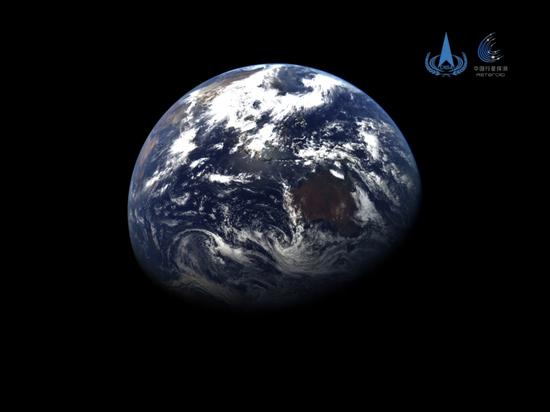
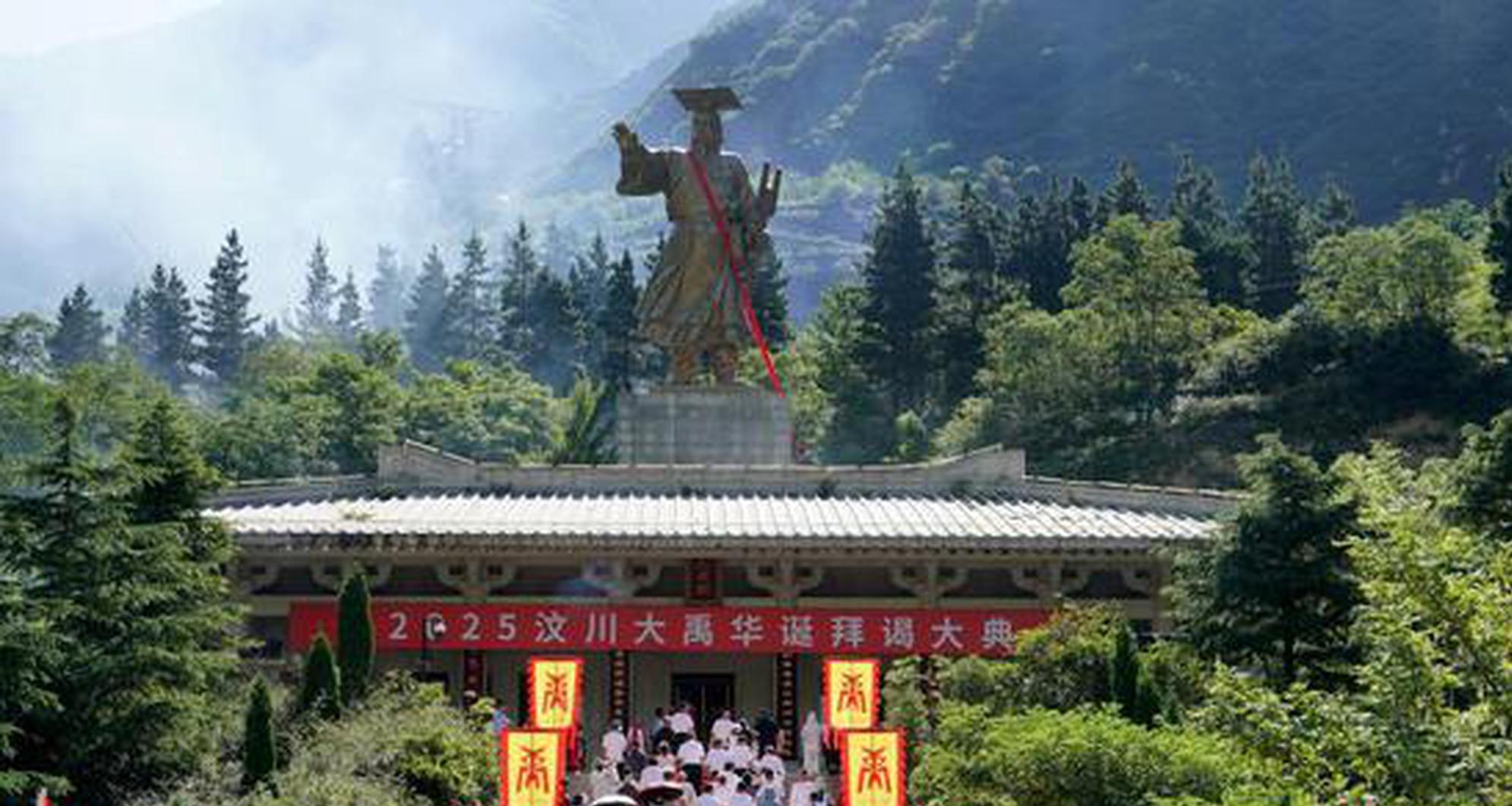
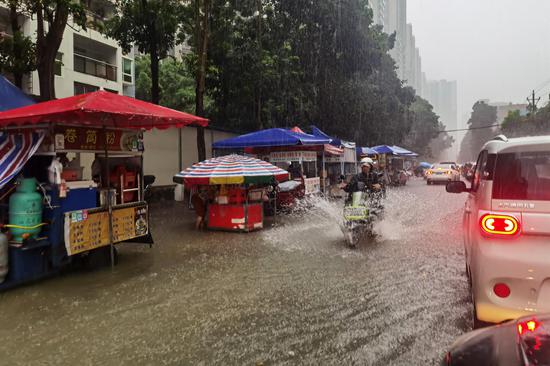

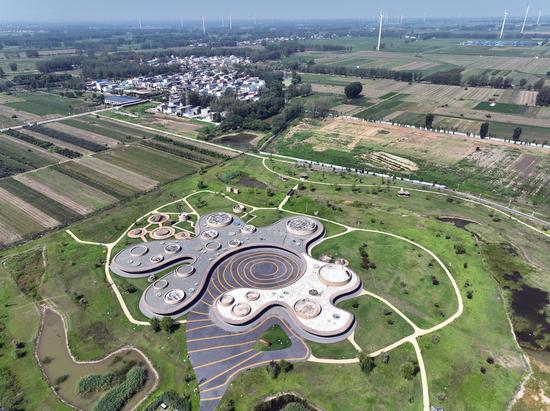



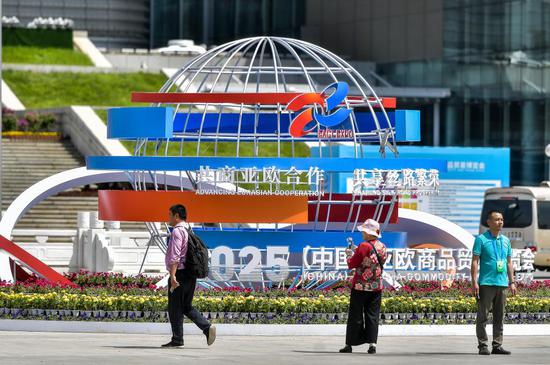
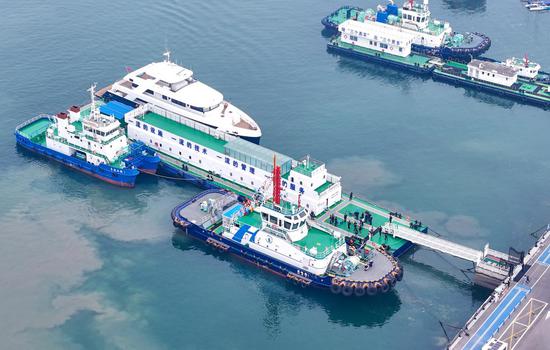
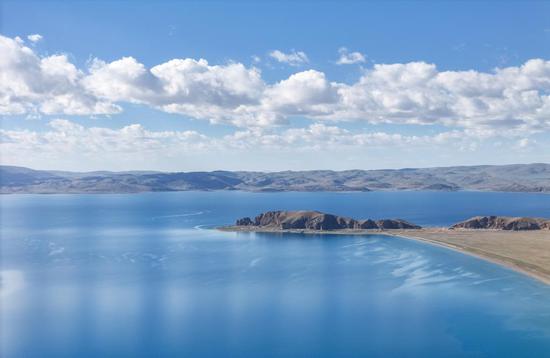






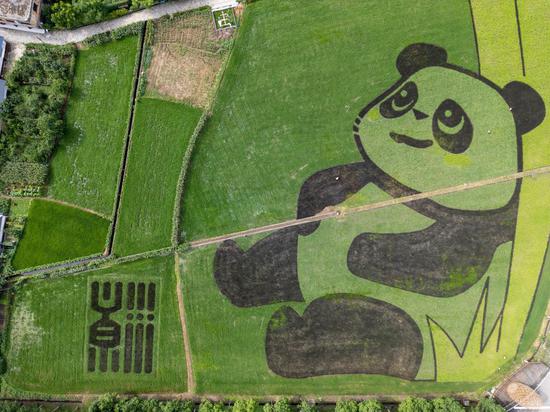
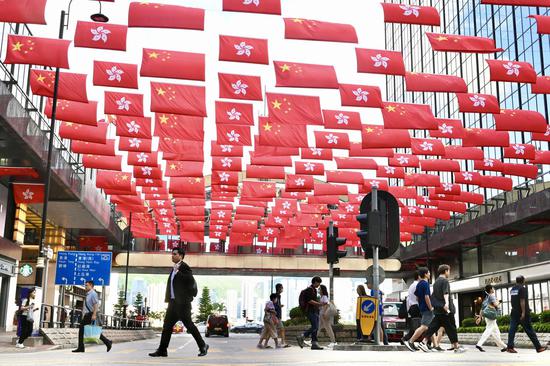

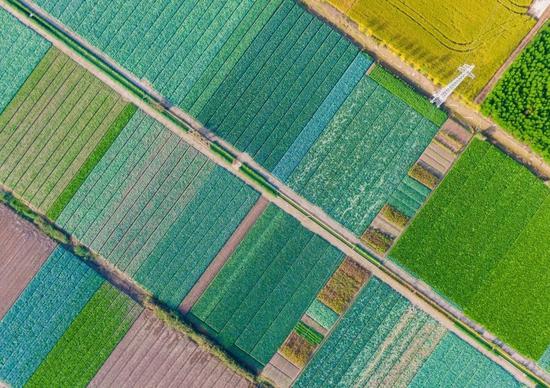
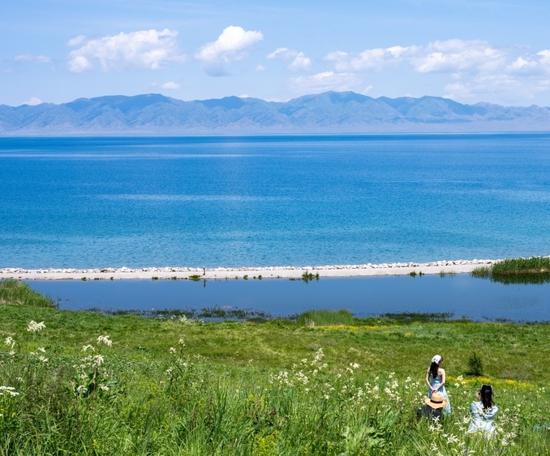

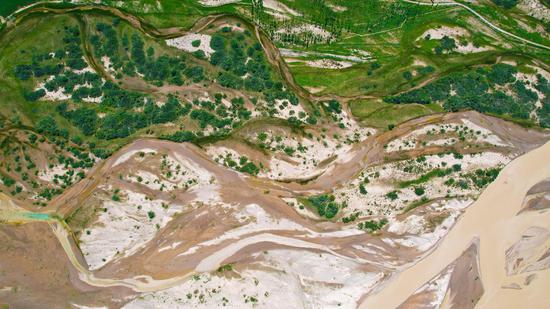
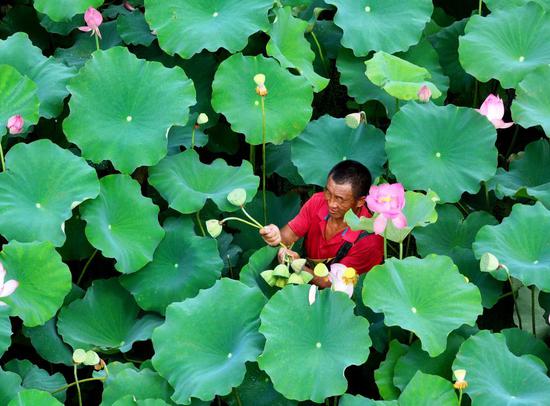


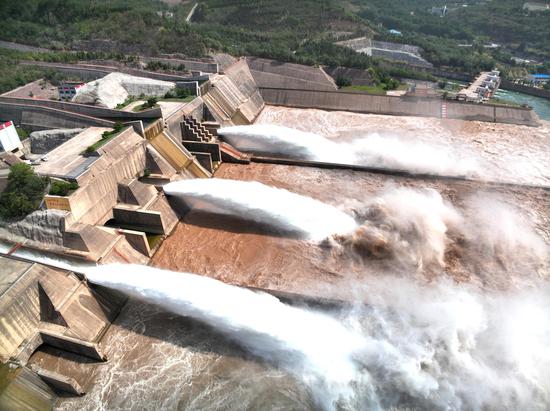
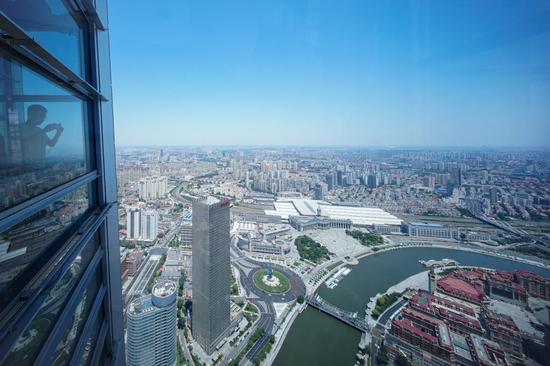
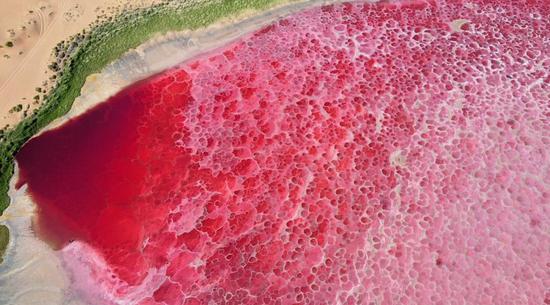

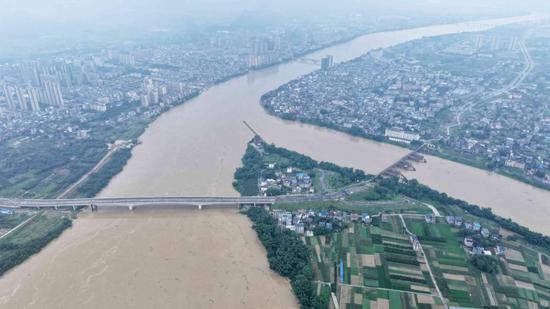
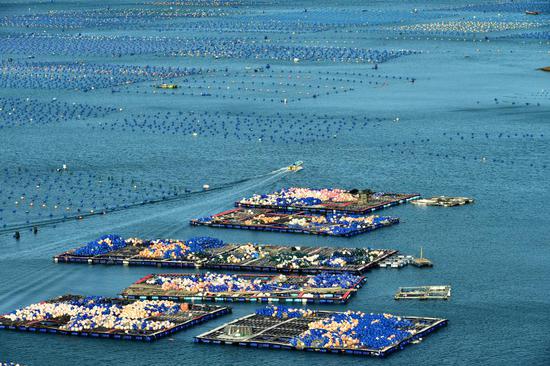


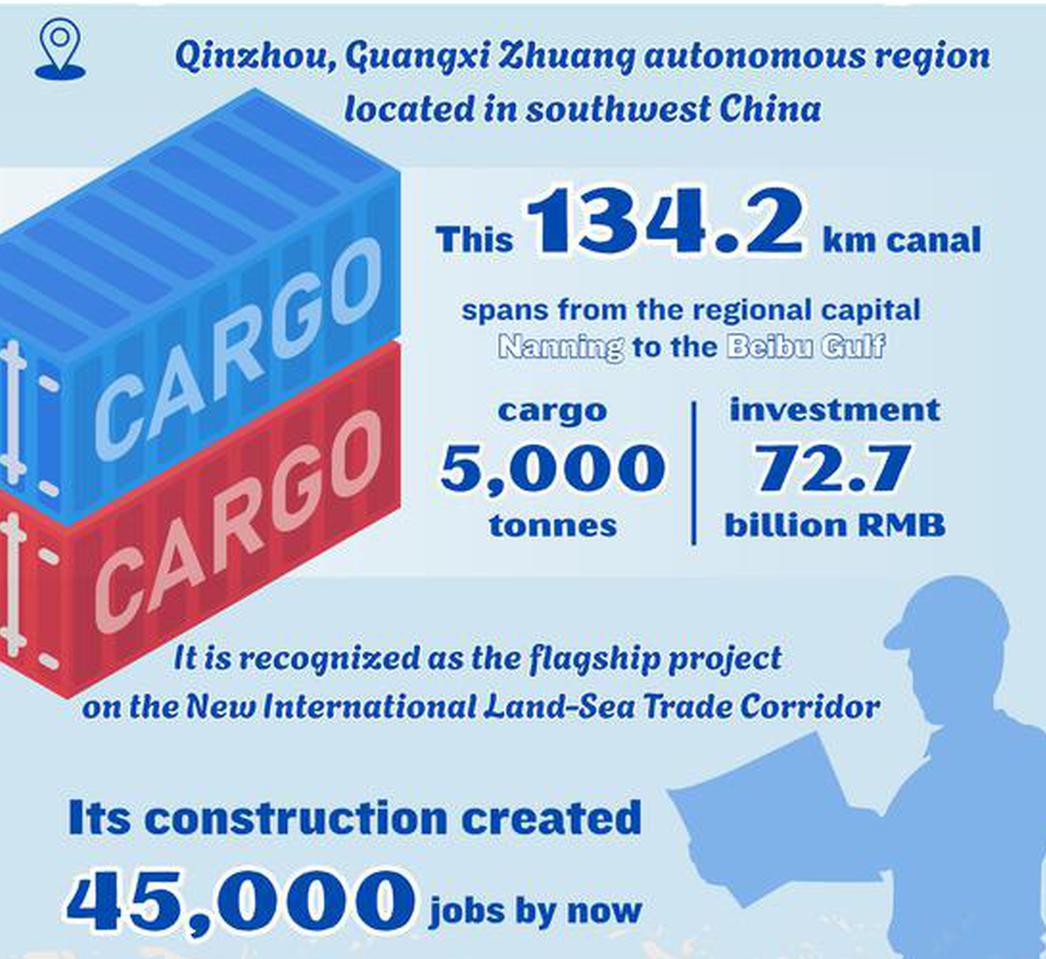





 京公網安備 11010202009201號
京公網安備 11010202009201號